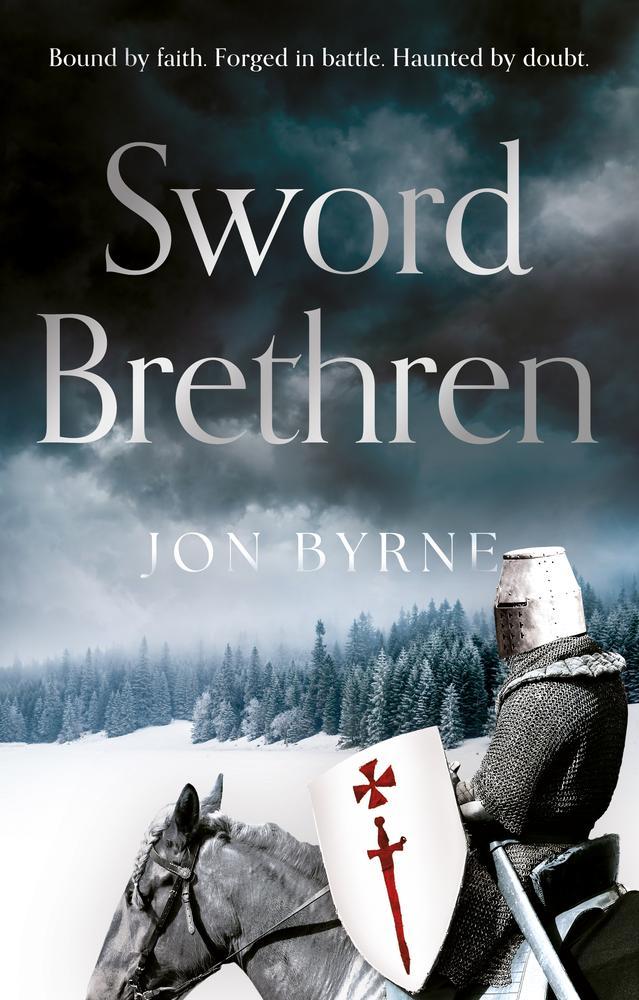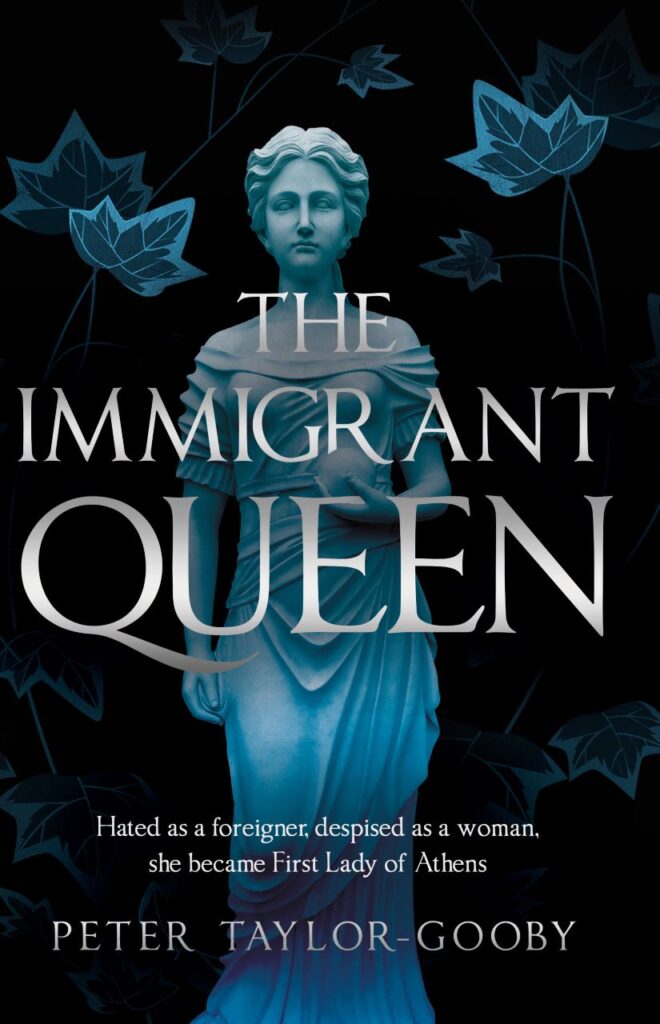The Known World
This novel (winner of the National Book Critics Circle Award, and National Book Award nominee) opens with the death of Henry Townsend, a free black who left 33 slaves to his widow. The setting is the 1850s, but the omniscient narrator frequently flashes forward to tell of the eventual consequences of the events. The use of census material and references to the views of future historians create a sense of grounding in history, but all of the characters are fictional creations.
The Townsend slaves include an overseer who has ambitions to succeed his master and an aging slave who believes that possessing young women will provide his only escape from bondage. William Robbins, the white slave owner who started Henry in the plantation, stands by his two mixed-race children, but he is too caught up in the peculiar institution to emerge as a sympathetic character. A white couple who reluctantly receive a slave as a wedding present are more likable. Slave patrollers supplement their modest wages by kidnapping and selling free blacks. Some perspective comes from Fern Elston, the schoolteacher to a generation of free blacks, who makes herself available to a historian thirty years after the events.
The real villain is the system itself, where the buying and selling of human beings becomes the core of commerce. “Robbins had been trying to teach him . . . that every man felt he had been snookered after buying or selling a slave.” A system that has whites living in fear of a slave revolt and blacks struggling for the freedom to enslave others is shown to benefit no one, making this unusual novel one of the most powerful statements against slavery since Uncle Tom’s Cabin, but with a great deal more subtlety.










